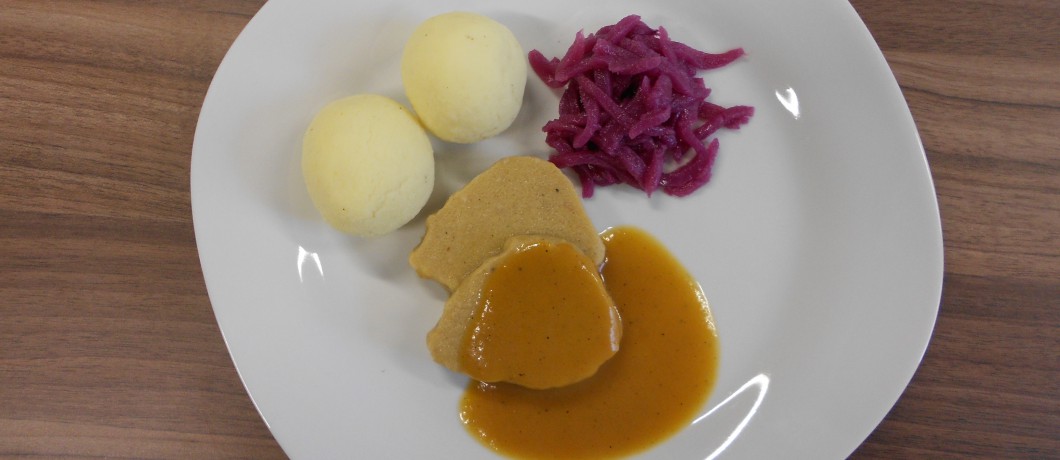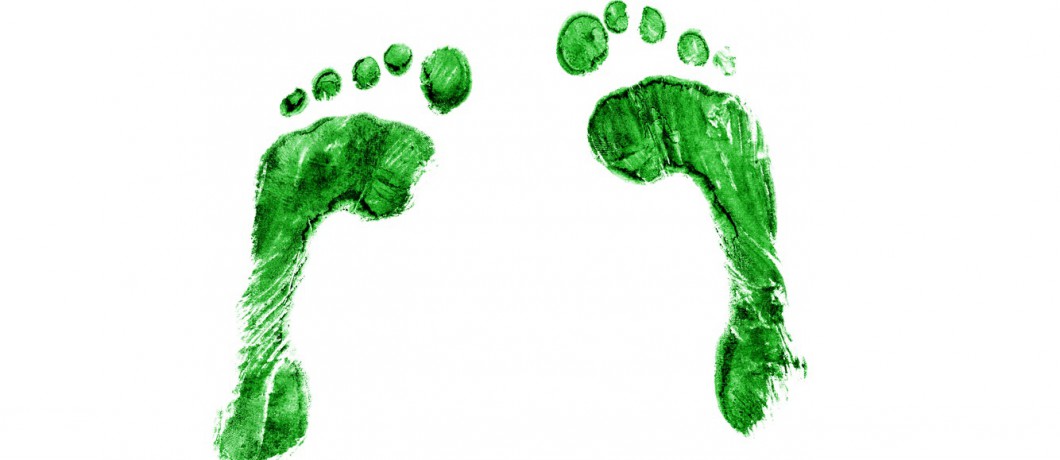Liz and Kyle von Hasseln were still in graduate school when they wanted to surprise their friend Chelsea with a birthday cake. They went to the store and bought all the ingredients but when they returned home, they realized there was no oven in the tiny student apartment they had just moved into. “But we did have a 3D-printer”, Kyle von Hasseln recounted at the TEDx Manhattan Beach conference. “Would it be possible to print a cake instead?”, he wondered. The couple experimented with different ratios of sugar and water to print their friend’s name in 3D. After months and months of trial and error, well past Chelsea’s birthday, they succeeded.
This was the start of Sugar Lab, a company that developed a way to print fancy sugar cubes, wedding cake toppers and intricate structures for drinks or desserts. It wasn’t long before 3D Systems, one of the largest manufacturers of 3D printers for industrial applications, took notice. 3D Systems acquired Sugar Labs in September 2013. The details of the deal were not disclosed but the fact that a heavy weight like 3D Systems bought the company is a clear indication that 3D food printing is more than a fad. 3D Systems plans to integrate the food printer named Chefjet into their commercial and consumer product lines for bakeries, food manufacturers and people who like to print sugary treats at home.
While many 3D food printing start-ups focus on chocolates and desserts, the PERFORMANCE project coordinated by the German company Biozoon Food Innovations GmbH is currently developing one product line as a pilot project for the special needs of the elderly. Many people in the later decades of their lives have trouble chewing and swallowing real food and have so far relied on blended, mushy food that may be nutritious but is hardly appetizing.
PERFORMANCE is focusing on real food – meat, chicken, vegetables and potatoes – and special gels and foams, so called texturizers, to create meals that look like real food but are easy to swallow. PERFORMANCE is part of an EU initiative that encourages innovation in small and medium size businesses (SME) such as Biozoon or Foodjet, as Biozoon’s project manager Sandra Forstner explained in an interview on the Munchie’s blog.
Researchers at the Organization for Applied Scientific Research in the Netherlands have taken their quest to print nutritious food even further. They are extracting protein, carbohydrates and micronutrients from algae, seaweed and insects to print food that resembles meat or chicken. While this may sound like the Tofurky, a soy-based vegetarian turkey substitute, researchers see real promise in food printed from protein that is low on the food chain.
Algae require less land, water, energy, fertilizer and labor than livestock and even some of the meat substitutes such as soy and corn. Researchers hope that this will eventually lead to a more sustainable food supply for a growing population. The British researcher Susana Soares and their team think along similar lines. They use ground insects as one ingredient in a paste that is used to print edible 3D objects like butterfly wings or honeycomb structures.
While meals made with crushed insects may not be everyone’s favorite, the food giant Nestle is also working on improved nutrition. Nestle’s research division, the Nestle Institute of Health Sciences (NIHS) is working on a way to analyze the level of several nutrients in a person’s body. The researchers plan to develop a way to print personalized food according to a person’s nutritional needs and preferences, according to a Bloomberg article.
This, however, may be years away. People who don’t want to wait that long may have a chance to enjoy a 3D printed meal in December. The Spanish company Reimagine Food will serve 3D dinners in Barcelona and New York. Not only the meals but also the dishes and cutlery will be printed as well as the rooms the dinners are served in. While this may sound appealing, it comes with a hefty price tag at around 205 000 USD per person. The good news? Dinner will be served by robots – no tip expected.





